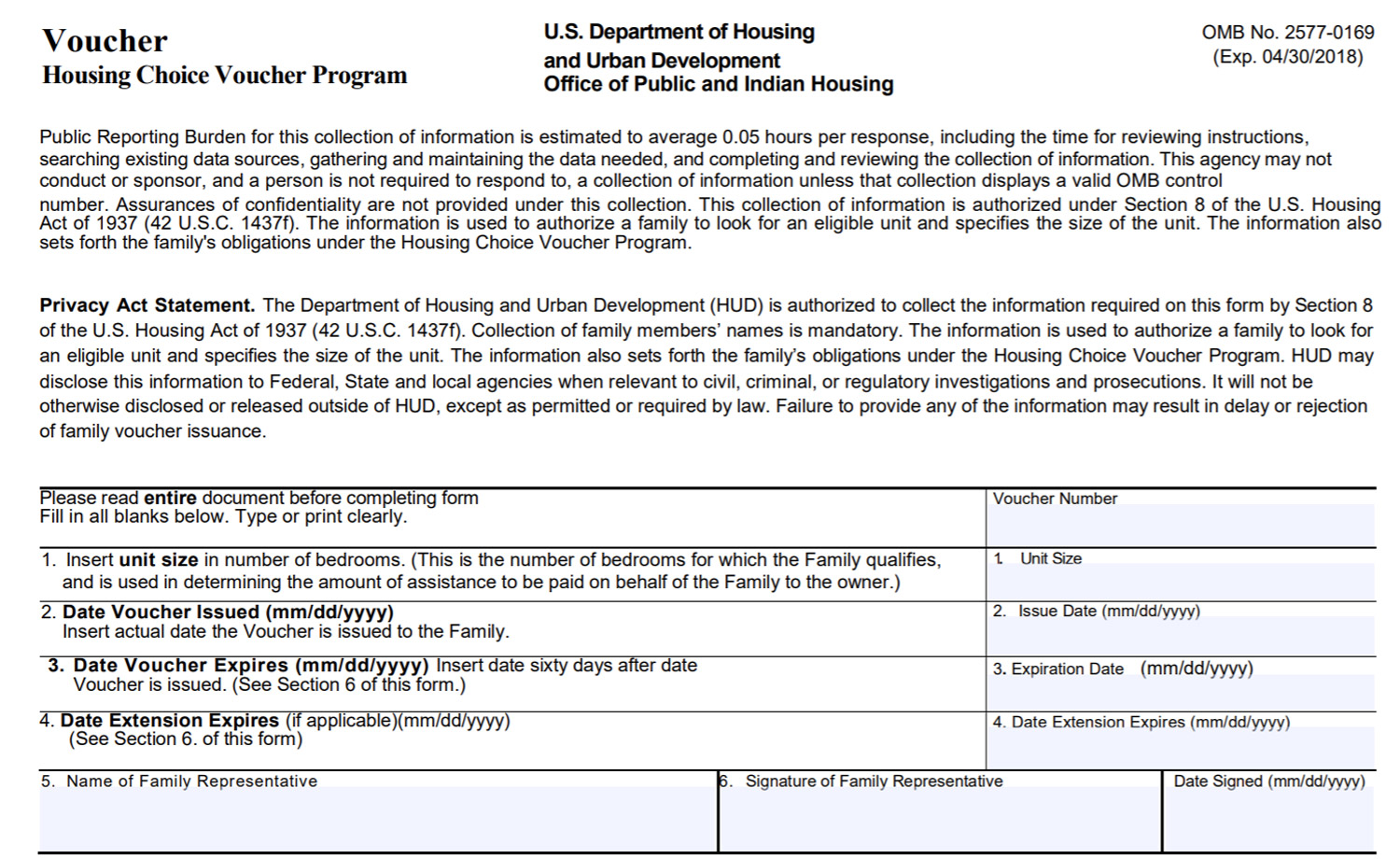Understanding Section 8 Housing

Section 8 housing is a government-funded program that helps low-income families, individuals, and seniors afford safe and decent housing. It is a crucial part of the affordable housing landscape, providing assistance to those who might otherwise struggle to find suitable and affordable living arrangements. Understanding the program’s history, purpose, and different types can shed light on its significance and impact on communities.
History and Purpose
The Section 8 program, officially known as the Housing Choice Voucher Program, has its roots in the Housing and Urban Development Act of 1965. The program’s initial goal was to provide rental assistance to low-income families, particularly those displaced by urban renewal projects. Over time, the program evolved, expanding its scope to encompass a broader range of individuals and families, including seniors, individuals with disabilities, and those experiencing homelessness.
The primary purpose of Section 8 is to empower low-income individuals and families to choose their own housing while receiving financial assistance to cover a portion of their rent. This approach aims to provide greater autonomy and flexibility for participants, allowing them to find housing that meets their specific needs and preferences within their chosen communities.
Comparison with Other Affordable Housing Options
Section 8 housing differs from other affordable housing options in several key ways. Unlike public housing, where residents live in government-owned and managed properties, Section 8 provides vouchers that can be used to rent from private landlords in the private market. This approach offers greater choice and flexibility to participants, allowing them to live in a wider range of neighborhoods and housing types.
Another key difference lies in the eligibility criteria. While public housing often has stricter income and asset limitations, Section 8 eligibility is determined based on a combination of income, family size, and location. This flexibility allows for a broader range of individuals and families to benefit from the program.
Types of Section 8 Housing Programs
There are two main types of Section 8 housing programs:
- Housing Choice Voucher Program (HCV): This is the most common type of Section 8 program, offering rental assistance vouchers to eligible individuals and families. The HCV program provides participants with a voucher that can be used to rent from a private landlord. The voucher covers a portion of the rent, and the participant pays the remaining amount directly to the landlord.
- Project-Based Voucher Program (PBV): In this program, the rental assistance is tied to specific housing units within a particular project. Landlords participating in the PBV program agree to rent units to eligible individuals and families at a predetermined rent, with the Section 8 program covering the remaining portion of the rent.
Landlord and Property Management Roles
Landlords play a crucial role in the Section 8 housing program. They provide housing units to eligible participants and receive rental assistance payments from the program. Property management companies often manage these units, handling tasks such as tenant screening, rent collection, and maintenance.
Landlords who participate in the Section 8 program must comply with certain regulations, including fair housing laws and requirements for unit inspections. These regulations ensure that housing units meet minimum standards of safety and habitability for participants.
Living in a 4-Bedroom Section 8 House: 4 Bedroom House Section 8

Living in a four-bedroom Section 8 house offers a unique set of advantages and disadvantages. It provides an opportunity for families to secure affordable housing, but it also comes with specific responsibilities and obligations. Understanding these aspects is crucial for making informed decisions about Section 8 housing.
Advantages and Disadvantages of Section 8 Housing
The benefits of living in a Section 8 house primarily lie in its affordability. It provides a safe and stable living environment for families, allowing them to focus on other aspects of their lives. However, there are also certain challenges associated with Section 8 housing, such as limited choices in housing options and potential bureaucratic hurdles.
- Advantages:
- Affordable housing: Section 8 housing significantly reduces housing costs, making it accessible to low-income families. This frees up financial resources for other essential needs, such as food, healthcare, and education.
- Safe and stable living environment: Section 8 houses are typically inspected and maintained to meet certain standards, ensuring a safe and healthy living environment for families.
- Access to community resources: Section 8 housing often comes with access to community resources, such as social services, educational programs, and healthcare facilities.
- Disadvantages:
- Limited housing options: Section 8 housing programs often have limited options in terms of location, size, and amenities, which may not always meet the specific needs of families.
- Bureaucratic processes: The application and approval process for Section 8 housing can be complex and time-consuming, involving paperwork, inspections, and interviews.
- Potential stigma: There may be a social stigma associated with living in Section 8 housing, which can impact a family’s social interactions and sense of belonging.
Responsibilities and Obligations of Section 8 Tenants, 4 bedroom house section 8
Living in a Section 8 house comes with specific responsibilities and obligations that tenants must adhere to. These responsibilities ensure the proper functioning of the program and the maintenance of a safe and healthy living environment for all residents.
- Tenant responsibilities:
- Paying rent on time: Tenants are required to pay their portion of the rent on time, as agreed upon in the lease agreement.
- Maintaining the property: Tenants are responsible for keeping the property clean and in good condition, adhering to the terms of the lease agreement.
- Reporting repairs: Tenants must promptly report any necessary repairs to the landlord or housing authority.
- Following program rules: Tenants must comply with the rules and regulations of the Section 8 program, including income verification and household composition reporting.
Impact of Section 8 Housing on Families and Communities
Section 8 housing plays a crucial role in supporting families and strengthening communities. By providing affordable housing options, it helps families achieve stability and improve their overall well-being.
- Positive impact on families:
- Increased stability: Section 8 housing provides families with a stable and secure living environment, reducing stress and allowing them to focus on their personal and professional goals.
- Improved well-being: By reducing housing costs, Section 8 housing allows families to allocate more resources to other essential needs, such as healthcare, education, and nutrition, leading to improved overall well-being.
- Greater opportunities: Access to stable housing can open doors to greater opportunities for families, such as better job prospects, improved educational outcomes, and enhanced social mobility.
- Positive impact on communities:
- Stronger communities: Section 8 housing contributes to stronger communities by providing affordable housing options for low-income families, promoting diversity and inclusivity.
- Reduced homelessness: Section 8 programs help reduce homelessness by providing safe and affordable housing alternatives for individuals and families in need.
- Economic stability: Section 8 housing can contribute to economic stability in communities by supporting families and fostering a more inclusive and equitable society.
Maintaining a Safe and Healthy Living Environment in a Section 8 House
Creating and maintaining a safe and healthy living environment in a Section 8 house is essential for the well-being of residents. This requires a collaborative effort between tenants and landlords, with a focus on preventative measures and prompt action to address any issues.
- Preventative measures:
- Regular cleaning: Maintaining a clean and organized living environment is crucial for preventing the spread of germs and allergens. This includes regular cleaning of all surfaces, floors, and appliances.
- Proper ventilation: Ensuring adequate ventilation in the house is important for maintaining good air quality and preventing mold growth. This can be achieved by opening windows and using exhaust fans.
- Safe food handling: Proper food handling practices are essential for preventing foodborne illnesses. This includes storing food properly, cooking meat to the appropriate temperature, and washing hands frequently.
- Fire safety: Implementing fire safety measures, such as installing smoke detectors and fire extinguishers, is crucial for preventing fires and ensuring the safety of residents.
- Addressing issues:
- Promptly reporting repairs: It is crucial to promptly report any repairs or maintenance issues to the landlord or housing authority to prevent them from escalating into more serious problems.
- Addressing pest infestations: If pest infestations occur, it is important to address them immediately to prevent health risks and property damage. This may involve contacting a pest control professional.
- Maintaining a safe environment: It is essential to maintain a safe and secure environment for all residents, including children and seniors. This may involve implementing safety measures, such as installing childproof locks and ensuring adequate lighting in common areas.
